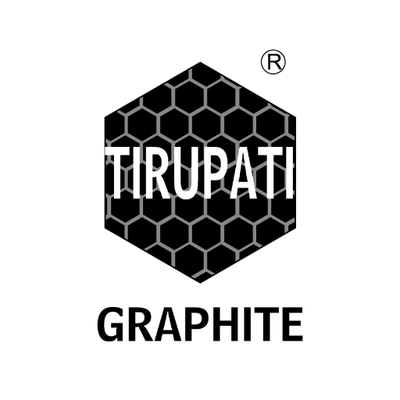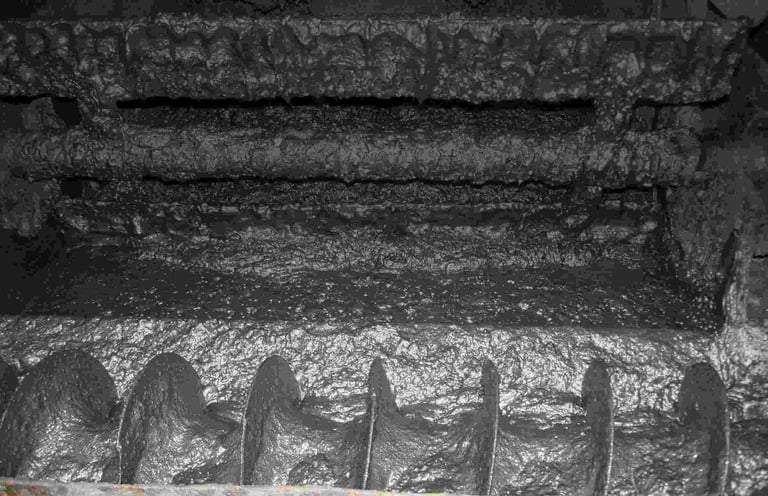A subtle but persistent redirection of attention is unfolding in the battery raw materials space. Amid the usual noise around lithium and cobalt, graphite is emerging as a pivotal force, not with fanfare, but with structural signals that suggest something deeper is under way. As investor focus sharpens on the energy transition’s less obvious enablers, graphite is starting to command a new level of strategic relevance.
At the heart of the shift lies the chemistry of energy storage. While lithium may headline battery discussions, every lithium-ion battery contains far more graphite by weight, and it’s the anode material that enables power to flow. With electric vehicles and stationary energy systems multiplying rapidly, demand for high-purity graphite is scaling in lockstep. Supply chains are struggling to keep pace, with projections showing consistent year-on-year growth in volume requirements through the next decade.
This growth isn’t just about volume. Graphite’s position is being recast by geopolitics and policy. The material has long been dominated by one market, both in natural mining and synthetic refinement. Recent regulatory moves from that jurisdiction have tightened control over outbound flows, triggering a broad re-evaluation of global sourcing. In response, a wave of projects has surfaced across North America, Europe, and parts of Asia, all aiming to build independent supply capacity with integrated downstream capabilities.
These aren’t speculative exercises. Multiple graphite ventures are now securing offtake agreements with major battery manufacturers, accessing government funding, and entering advanced construction phases. From traditional flake mining to synthetic graphite derived from hydrocarbon or agricultural feedstock, producers are innovating across the value chain. One operation is transforming palm oil waste into graphite, while another is exploring carbon capture routes to synthesise material directly from atmospheric CO₂, each approach aligned with decarbonisation goals and lifecycle performance metrics.
Graphite is also becoming a beneficiary of energy localisation policies. In the US, for example, eligibility for clean energy tax credits increasingly hinges on materials being processed domestically. This alignment of policy and capital is creating strong tailwinds for graphite developers that can meet stringent sourcing requirements while scaling to industrial volumes. The result is an emerging class of high-margin, strategically essential graphite suppliers positioned to fill a critical midstream gap.
On the technology front, advances in material science are expanding graphite’s utility. Modified forms with superior thermal and electrical characteristics are being deployed in fast-charging batteries, high-performance grid storage, and next-generation capacitors. Researchers are refining coating and shaping techniques that improve energy density, safety, and durability, translating into commercial performance advantages across sectors. This is creating a bifurcated market: bulk graphite as a commodity, and engineered graphite as a specialty material with pricing power.
Still, challenges remain. The path from discovery to anode-grade product is complex, capital intensive, and subject to permitting delays. Synthetic production, in particular, demands consistent access to low-cost, reliable energy and high environmental standards, a constraint as well as a potential competitive moat. Investors must weigh project timelines, cost structures, and integration strategies carefully. Not all graphite is created equal, and not all companies are positioned to capitalise on the current tailwinds.
For those building long-term exposure to energy transition enablers, graphite presents a differentiated opportunity. It offers both defensive and offensive positioning: protection against supply disruption, and potential upside from accelerating adoption and tightening markets. As gigafactory buildouts continue and storage innovation matures, the material underpinning the anode is no longer just a supporting actor, it is moving toward centre stage.
Tirupati Graphite PLC (LON:TGR) is a fully integrated specialist graphite and graphene producer, with operations in Madagascar and Mozambique. The Company is delivering on this strategy by being fully integrated from mine to graphene. Its global multi-location operations include primary mining and processing in Madagascar, hi-tech graphite processing in India to produce specialty graphite, and a state-of-art graphene and technology R&D center to be established in India.




































